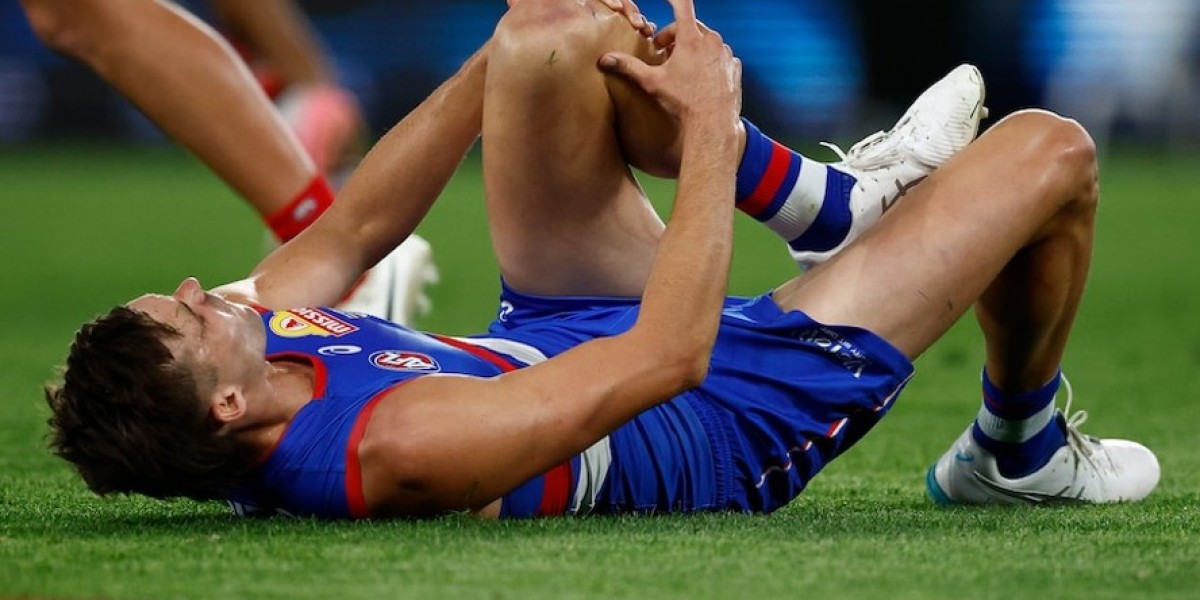Hair loss is one of the most common concerns people face, regardless of age or gender. Whether it’s thinning edges, shedding in the shower, or patchy bald spots, the emotional toll can be significant. While many factors contribute to hair loss—like genetics, hormones, or stress—there’s growing interest in the role nutrition plays, especially when it comes to vitamin D. One question that keeps coming up is: can low vitamin D cause hair loss?
Let’s break down the science and discover how this essential vitamin could be impacting your hair health.
Understanding Vitamin D and Its Role
Vitamin D, often called the sunshine vitamin, is a fat-soluble nutrient that our bodies produce when exposed to sunlight. It also comes from certain foods and supplements. While most people know vitamin D for its role in bone health and immunity, it also plays a crucial part in cell growth and function, including that of your hair follicles.
Hair follicles are highly sensitive to hormonal and nutritional signals. Vitamin D supports the anagen (growth) phase of the hair cycle by helping to activate cells within the follicle. When your body doesn’t have enough vitamin D, these follicles may become dormant, and as a result, hair shedding can increase.
Sources of vitamin D include:
Direct sunlight (just 10–30 minutes several times a week)
Fatty fish like salmon and mackerel
Egg yolks, fortified milk, and cereals
Vitamin D supplements, if needed
Connection Between Vitamin D Deficiency and Hair Loss
Now to the heart of the question: Can low vitamin D cause hair loss?While hair loss is complex and influenced by several factors, multiple studies have suggested a clear connection between low vitamin D levels and various types of hair loss. One of the most extensively researched conditions in this area is alopecia areata, an autoimmune disease in which the immune system attacks hair follicles. Studies have shown that individuals with alopecia often have significantly lower levels of vitamin D compared to those without the condition.
Another common form of hair loss—telogen effluvium—occurs when a larger number of hair follicles than usual enter the resting (telogen) phase, leading to excessive shedding. Although temporary, this type of hair loss has been linked to nutrient deficiencies, including vitamin D deficiency.
The possible explanation? Vitamin D receptors are present in hair follicles. Without adequate levels, follicles may not cycle properly, which can stifle new hair growth or prolong shedding. Some researchers believe vitamin D may also help wake up dormant hair follicles and encourage regrowth.
Although more clinical trials are needed to confirm the exact mechanisms, the evidence is strong enough that many specialists now recommend checking vitamin D levels as part of a hair loss workup.
Signs You Might Have a Vitamin D Deficiency
Vitamin D deficiency is surprisingly common, especially in individuals who:
Spend most of their time indoors
Live in areas with limited sunlight
Have darker skin tones (which reduces vitamin D synthesis)
Some symptoms of low vitamin D include:
Fatigue or low energy
Mood changes or depression
Bone or joint pain
Muscle weakness
Frequent illness
Hair thinning or unexplained shedding
If these symptoms sound familiar, it may be time to ask your doctor for a simple blood test to measure your vitamin D levels.
How to Boost Vitamin D Levels Naturally
The good news? Replenishing your vitamin D levels is often a simple and highly effective process, not just for your hair but for your overall well-being. Here are some healthy and practical ways to do it:
Get Some Sunlight
Aim for 10–30 minutes of sunlight several times a week, depending on your skin tone and location. Avoid long unprotected exposure, especially during peak UV hours.
Include Vitamin D-Rich Foods
Add more fatty fish, egg yolks, and fortified foods, such as milk and orange juice, to your diet. Mushrooms exposed to UV light are a great vegan option.
Take a Supplement
If lifestyle or dietary habits don’t provide enough vitamin D, a supplement may be needed.
Combine with Other Hair-Healthy Nutrients
Vitamins like B12, iron, and zinc also support strong hair growth. A well-rounded approach is key for long-term hair health.Remember, results won’t happen overnight. Hair grows slowly—usually about half an inch per month—so it can take several months of consistent vitamin D intake to notice visible improvements.
Final Thoughts
So, can low vitamin D cause hair loss? Yes—deficiency in this essential vitamin may disrupt the hair growth cycle and contribute to various forms of hair loss. While it’s not always the sole cause, vitamin D plays a crucial role in maintaining thick, healthy hair.Taking charge of your health by checking your vitamin levels, adjusting your lifestyle, and being consistent with care routines can make all the difference.
At Smart Restoration, we provide evidence-based tools and resources to support healthier hair from the inside out.








